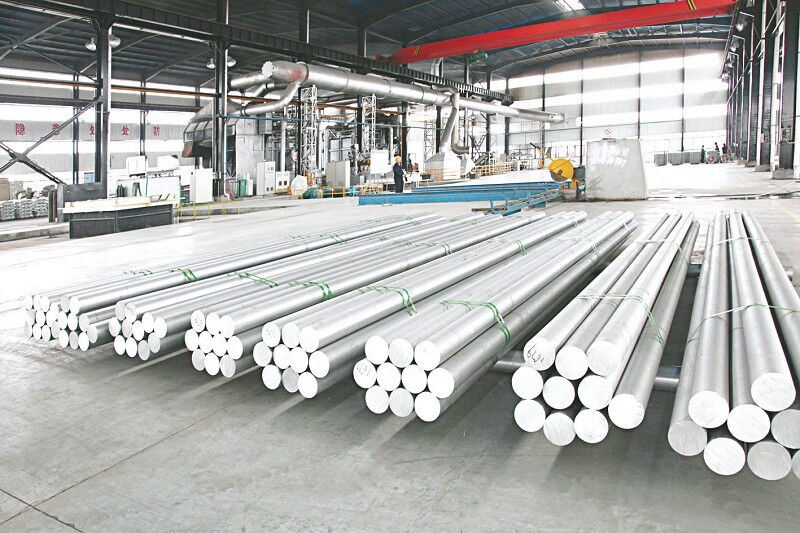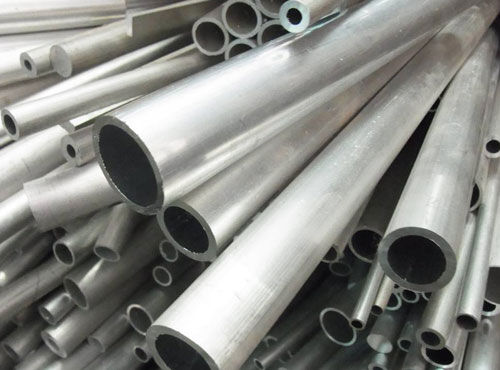
Aluminum alloy heat treatment process: the process of heating aluminum alloy materials to a certain temperature and holding for a certain time to obtain the expected product structure and properties.
Basic process principle of heat treatment of aluminum alloy plate
(1) Solution quenching: heat the heat treatable and strengthened aluminum alloy material to a higher temperature and keep it for a certain time, so that the second phase or other soluble components in the material can be fully dissolved into the aluminum matrix to form a supersaturated solid solution, and then maintain the supersaturated solid solution to room temperature by rapid cooling. It is an unstable state because it is in a high-energy state, Solute atoms may precipitate at any time. However, at this time, the plasticity of the material is high, and the cold working or straightening process can be carried out.
① On line quenching: for some alloy materials with low quenching sensitivity, solid solution can be carried out at high temperature during extrusion, and then quenched with air cooling (T5) or water mist cooling (T6) to obtain certain microstructure and properties.
② Off line quenching: some alloy materials with high quenching sensitivity must be reheated to a higher temperature in a special heat treatment furnace and maintained for a certain time, and then quenched into water or oil with a transfer time of no more than 15 seconds to obtain a certain structure and performance. According to different equipment, they can be divided into salt bath quenching, air quenching, vertical quenching and horizontal quenching.
(2) Aging: when the material after solution quenching is maintained at room temperature or higher temperature for a period of time, the unstable supersaturated solid solution will decompose, and the second phase particles will precipitate (or precipitate) from the supersaturated solid solution and distribute in α (AL) around the aluminum grain, resulting in strengthening, which is called precipitation (precipitation) strengthening.
Natural aging: some alloys (such as 2024, etc.) can produce precipitation strengthening at room temperature, which is called natural aging.
Artificial aging: some alloys (such as 7075, etc.) precipitate at room temperature without obvious strengthening, but the precipitation strengthening effect is obvious at higher temperature, which is called artificial aging.





